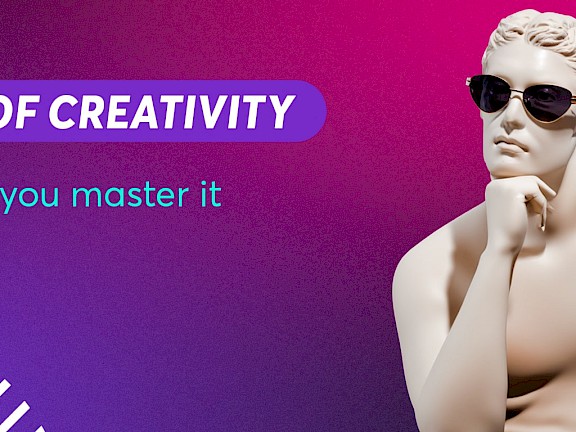Master the art of being creative
Creativity is probably one of the most used phrases of all and at the same time one of the most misunderstood concepts of thinking. We believe creativity is there and gone, we assume some people are creative and others are not. Creativity can be learned and practiced. But most of all, it can be applied anywhere. You don't have to be a painter, musician or marketer. You are feeling stuck in a creativity rut? Do you find yourself staring at a blank canvas or computer screen for hours on end, waiting for inspiration to strike? Fear not, because we’re here to help you unleash your inner creativity!



